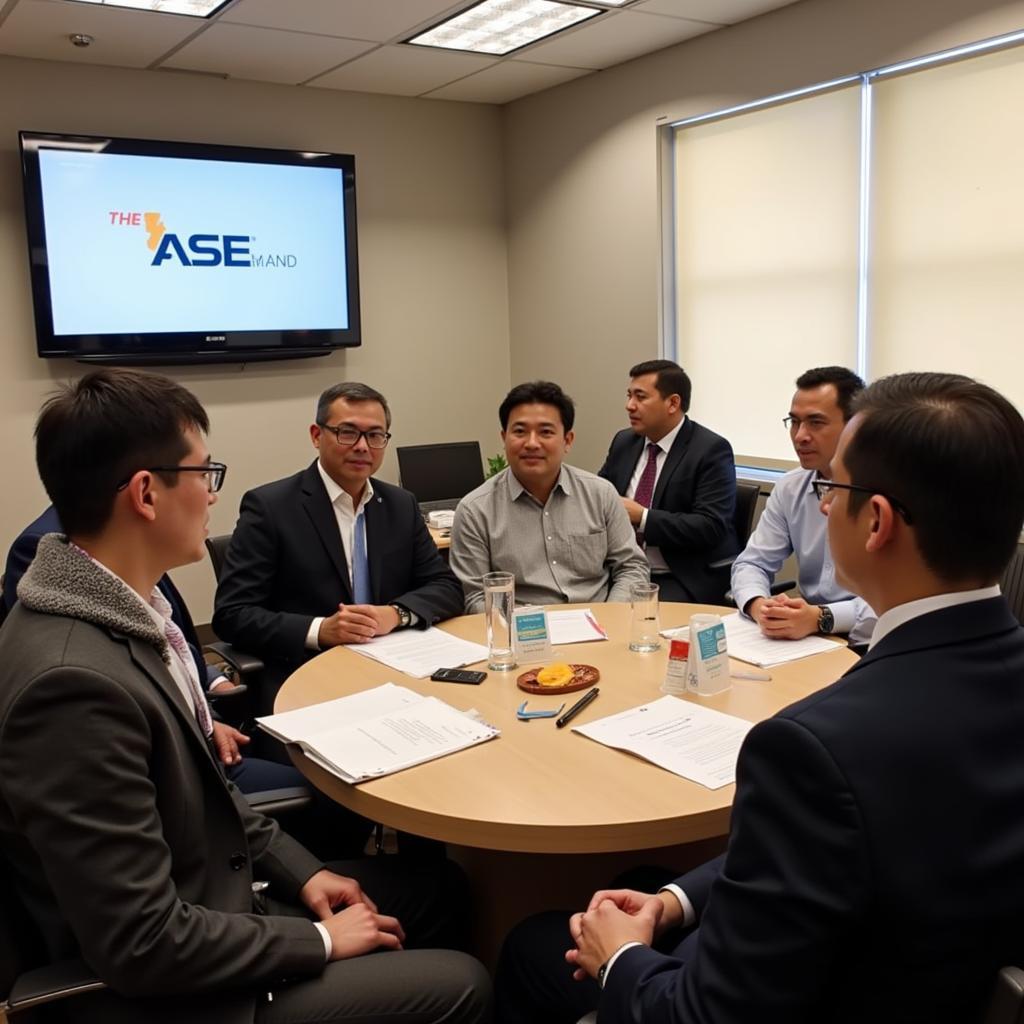ASEAN cardiology represents a dynamic and evolving landscape of cardiovascular care in Southeast Asia. This rapidly developing region faces unique challenges and opportunities in addressing heart health.
 ASEAN Cardiology Conference
ASEAN Cardiology Conference
The Burden of Cardiovascular Disease in ASEAN
Cardiovascular diseases (CVDs) are the leading cause of death globally, and Southeast Asia bears a significant portion of this burden. Factors like rising obesity rates, aging populations, and lifestyle changes contribute to the prevalence of CVDs like coronary artery disease, stroke, and heart failure in the region.
Advancements in ASEAN Cardiology
Despite the challenges, ASEAN countries have made impressive strides in cardiology. Numerous initiatives and advancements are improving cardiovascular care across the region:
- Technological Advancements: ASEAN nations have embraced medical technology, incorporating advanced imaging techniques, minimally invasive procedures, and cutting-edge devices into cardiovascular practices. This adoption of innovative technology plays a crucial role in early diagnosis, more effective treatments, and improved patient outcomes.
- Research and Collaboration: Collaborative research efforts within ASEAN and with international institutions have significantly advanced cardiovascular knowledge. These partnerships focus on understanding region-specific risk factors, developing tailored interventions, and improving treatment guidelines for ASEAN populations.
- Training and Education: Recognizing the importance of a skilled healthcare workforce, ASEAN countries have prioritized cardiology training and education. This commitment involves establishing specialized training centers, offering fellowship programs, and encouraging participation in international conferences like the ASEAN Cardiology Congress 2017.
“The dedication to continuous learning and collaboration within ASEAN cardiology is truly inspiring,” states Dr. Maya Santos, a leading cardiologist based in Manila. “We are witnessing a new era of cardiovascular care in the region, fueled by a shared commitment to improving heart health.”
Addressing the Challenges in ASEAN Cardiology
While ASEAN cardiology demonstrates progress, several challenges remain:
- Healthcare Disparities: Unequal access to quality healthcare services, especially in rural and underserved communities, persists in many ASEAN nations. This disparity highlights the need for strategies that ensure equitable distribution of resources and expertise.
- Affordability of Care: The financial burden of CVDs can be overwhelming for individuals and families in the region. ASEAN governments and healthcare providers are exploring innovative financing models and insurance schemes to improve the affordability of cardiovascular care.
- Lifestyle Factors: Rapid urbanization and lifestyle changes contribute to the rising prevalence of CVD risk factors like unhealthy diets and physical inactivity. Public health initiatives promoting healthy lifestyles are crucial in mitigating these risk factors.
 Healthy Lifestyle Campaign in ASEAN
Healthy Lifestyle Campaign in ASEAN
The Future of ASEAN Cardiology
ASEAN cardiology is poised for continued growth and innovation. As the region faces evolving health challenges, a proactive and collaborative approach will be essential in shaping the future of cardiovascular care.
The commitment to research, technology adoption, and workforce development, coupled with addressing healthcare disparities, will pave the way for a healthier future for the people of Southeast Asia.
FAQs about ASEAN Cardiology
What are the most prevalent cardiovascular diseases in ASEAN?
The most common CVDs in ASEAN mirror global trends, including coronary artery disease, stroke, heart failure, and rheumatic heart disease.
How can I contribute to improving heart health in ASEAN?
You can contribute by raising awareness about CVDs, supporting heart health organizations, and advocating for policies that promote cardiovascular well-being.
What are some resources for learning more about ASEAN cardiology?
Several resources provide valuable information, including the ASEAN Federation of Cardiology, national cardiology societies within ASEAN countries, and reputable medical journals.
Are there opportunities for international collaboration in ASEAN cardiology?
Yes, international collaborations are highly encouraged and are instrumental in advancing research, sharing knowledge, and improving cardiovascular care in the region.
What is the role of telemedicine in ASEAN cardiology?
Telemedicine is gaining traction in ASEAN as it can potentially bridge healthcare gaps by connecting specialists with patients in remote areas and facilitating timely consultations.
Contact Us
For any inquiries or assistance, please contact us at:
Phone Number: 0369020373
Email: [email protected]
Address: Thon Ngoc Lien, Hiep Hoa, Bac Giang, Vietnam.
Our dedicated customer support team is available 24/7 to assist you.


